5 Best Grass Types for Miami
BY KIMBERLY MAGERL | MARCH 27TH, 2023 | FLORIDA, LAWN CARE, MIAMIOne thing is for sure: Miami is known for its beautiful beaches. Packed with non-stop nightlife, diverse cultural arts, and luxury shopping malls, it’s no surprise this colorful city is a resident’s dream. But thanks to Miami’s tropical monsoon climate, residents enjoy their backyards and water sports year-round. Show off a thick green lawn you are proud of with one of these five best grass types perfect for South Florida’s humid climate.
5 Warm-Season Grasses for Miami
You can always count on South Florida to be humid. The tropical climate is characterized by warm temperatures, frequent rain, and thunderstorms. With average winter temperatures in the mid-70s, Miami is best suited to warm-season grass varieties. These grass types grow best when temperatures hover between 80 to 95 degrees Fahrenheit, making them ideal for the southern United States.
1. Bermudagrass
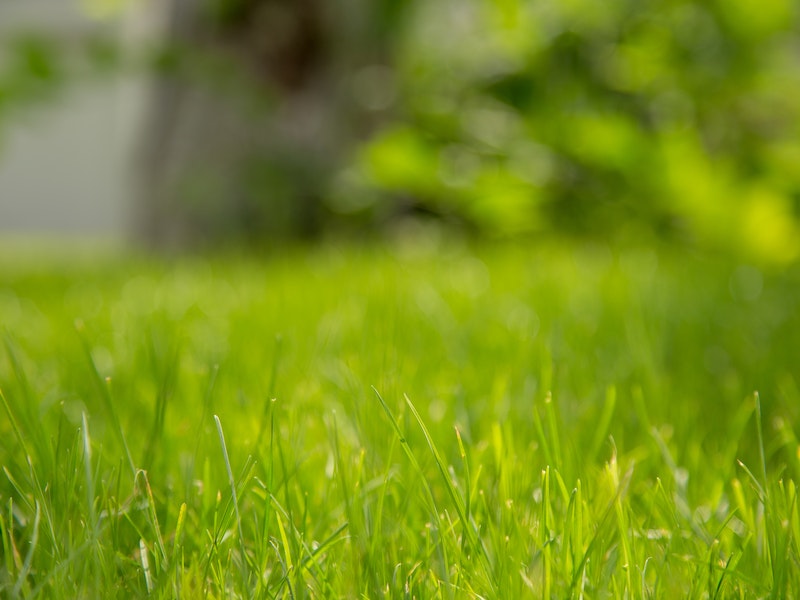
Photo Credit: Pexels
Miami’s tropical climate creates ideal conditions for weeds. Bermudagrass is a hardy, fine-textured variety with deep roots that make it resistant to heavy traffic, drought, and Florida weeds like goosegrass and buttonweed. The aggressive turfgrass recovers from damage quickly, making it an ideal choice for athletic fields, golf courses, and even home lawns.
Bermudagrass is medium to dark green with a dense appearance. It establishes quickly, thrives in the sun, adapts to most soils, and is salt-tolerant.
Classification: Warm-season grass
Spreads by: Stolons and rhizomes
Shade tolerance: Poor — needs full sun
Drought resistance: High
Foot traffic tolerance: High
Maintenance needs: Needs frequent mowing due to fast growth rate; develops thatch easily; needs regular fertilization
Mowing height: 1-2 inches
Potential for disease: Good resistance to disease; prone to spring dead spot, dollar spot, leaf spot, large patch, and sheath spot
Potential for pests: Low resistance; prone to white grubs, hunting billbugs, mole crickets, army worms, sod webworms, and nematodes
Soil pH: 6-6.5
Soil type: Tolerates most soil types
Other notes: Bermuda spreads aggressively via its stolons (above-ground stems) and rhizomes (below-ground stems) and can out-compete many weeds. The downside is that it also can be a nuisance and is sometimes considered invasive. You’ll often find it has tunneled underground into flower beds and spread into neighboring lawns.
2. St. Augustinegrass
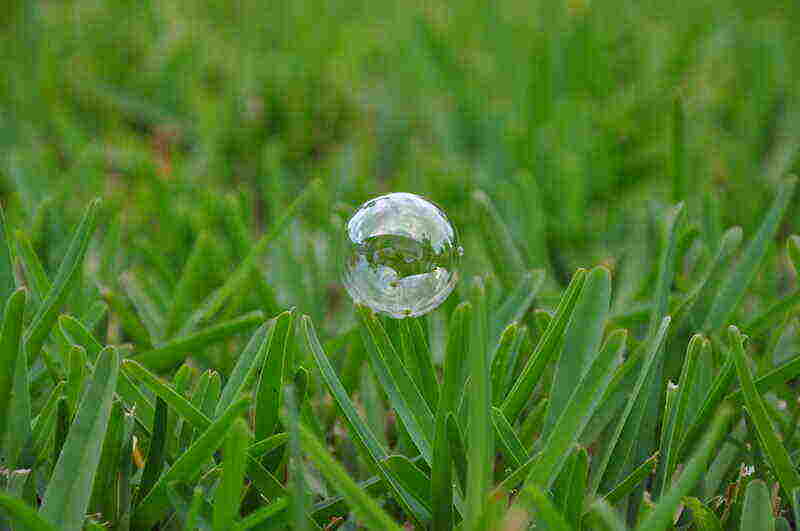
Photo Credit: Jay Morgan / Flickr / CC BY-ND 2.0
Palmetto, to Miami it’s a giant bug and a cultivar of St. Augustinegrass. This dense, blue-green grass is the most shade-tolerant warm-season grass variety. It is easy to establish and quick-growing. Unfortunately, it does not stand up to heavy traffic and is susceptible to chinch bugs.
St. Augstinegrass loves the warm, Florida weather and tolerates the salty air. It is coarse-textured but less dense than bermudagrass. Bitter Blue, a cultivar of St. Augustinegrass, is chinch bug resistant and popular in many areas.
Classification: Warm-season grass
Spreads by: Stolons
Shade tolerance: Moderate shade tolerance, among the highest of any warm-season grass; some cultivars are more shade tolerant than others
Drought resistance: Moderate
Foot traffic tolerance: Moderate
Maintenance needs: Moderate to high mowing frequency
Mowing height: 2.5-4 inches (mow dwarf varieties from 2.5-3 inches; standard cultivars from 3-4 inches; mow tall in shade)
Potential for disease: Moderate to high; prone to gray leaf spot, large patch, and take-all root rot
Potential for pests: High; prone to chinch bugs, cutworms, mole crickets, grass loopers, army worms, grubs, and nematodes
Soil pH: 6-7.5
Soil type: Tolerates many soil types; prefers moderately fertile and moist (not waterlogged) soils; not a highly drought-tolerant grass; doesn’t tolerate soil compaction
Other notes: Native to coastal areas across the world and prefers moist soils and mild winters; will thrive in more inland areas provided growing conditions are met; good salt tolerance; will go dormant during winter in all but the southernmost regions
3. Zoysiagrass
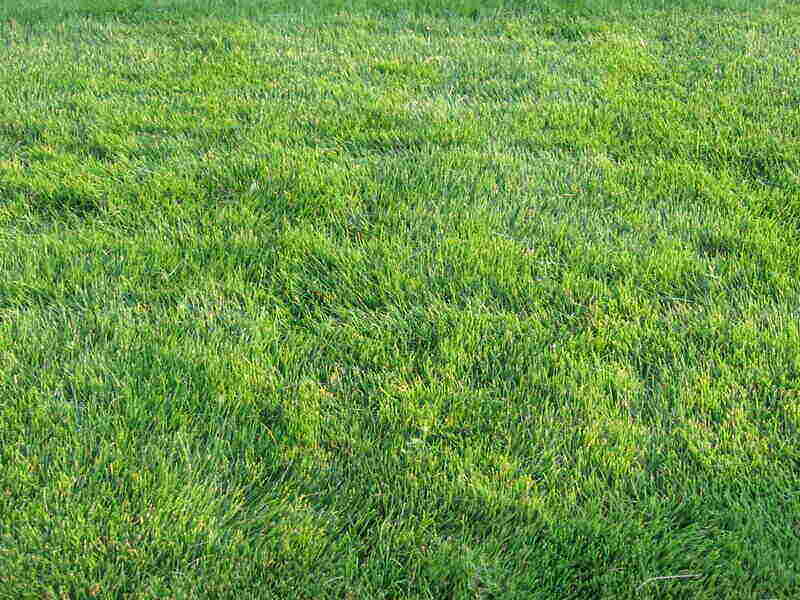
Photo Credit: Russbach / Wikimedia Commons / CC BY-SA 3.0
Zoysiagrass is recognizable for its dense appearance and dark green color. This hardy grass shares all of the popular characteristics of bermudagrass but is more shade-tolerant. Cultivars of zoysiagrass are superb choices for homes, athletic fields, and golf courses, standing up to heavy traffic, low mow heights, drought, cold, and shade.
These grass varieties have low fertilization requirements and grow densely and slowly, blocking out weeds. Zoysiagrass is one of the lowest-maintenance South Florida grasses. It is salt-tolerant, disease-resistant, and not prone to insect infestation.
Classification: Warm-season grass
Spreads by: Stolons and rhizomes
Shade tolerance: Tolerates light to moderate shade
Drought resistance: High
Foot traffic tolerance: High
Maintenance needs: Low to moderate nitrogen requirement; moderate mowing frequency
Mowing height: 1-2.5 inches
Potential for disease: Low; large patch, root decline, spring dead spot, rust, curvularia, and lead spot can occur
Potential for pests: Low; most common pests are mites, grubs, mole crickets, hunting billbugs, army worms, chinch bugs, sod webworms, and nematodes
Soil pH: 6-6.5
Soil type: Well-draining, some cultivars more tolerant of a wide range of soils than others
Other notes: Moderately salt tolerant; cut with sharp mower blade; mow taller if grass is in partial shade
4. Bahiagrass
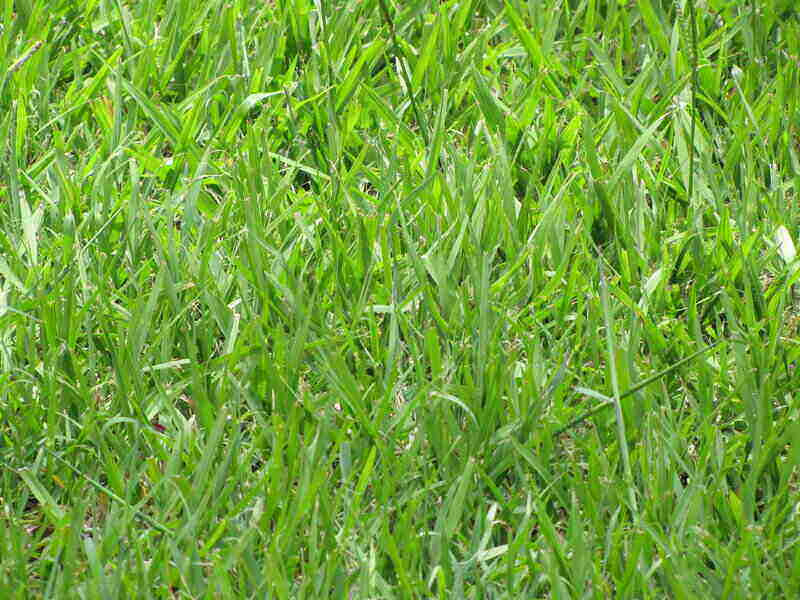
Photo Credit: Forest and Kim Starr / Flickr / CC BY 2.0
Most South Floridians love the feel of sand between their toes, and the resilient variety Bahiagrass agrees. This grass loves sandy soil and is drought-resistant, thanks to deep roots. It grows slowly and requires less mowing than other varieties.
Bahiagrass has a coarse texture and light-green color. It requires little fertilization and most Miami homeowners do not need supplemental irrigation for this variety to thrive. Unfortunately, it does not stand up to salt spray, heavy traffic, or shade.
Classification: Warm-season grass
Spreads by: Rhizomes
Shade tolerance: Low — needs full sun
Drought resistance: High
Foot traffic tolerance: Low
Maintenance needs: Growth rate is moderate to high, so plan to mow often during the growing season
Mowing height: 3-4 inches
Potential for disease: Low; dollar spot may occur
Potential for pests: Low; mole crickets may cause problems
Soil pH: 5.5-6.5
Soil type: Tolerates most soils, does well in sandy loam
Other notes: Bahiagrass is grown in the Gulf Coast and Southeastern U.S; does best in acidic soils — not the best grass if your soils are naturally alkaline; doesn’t tolerate saltwater
5. Centipedegrass
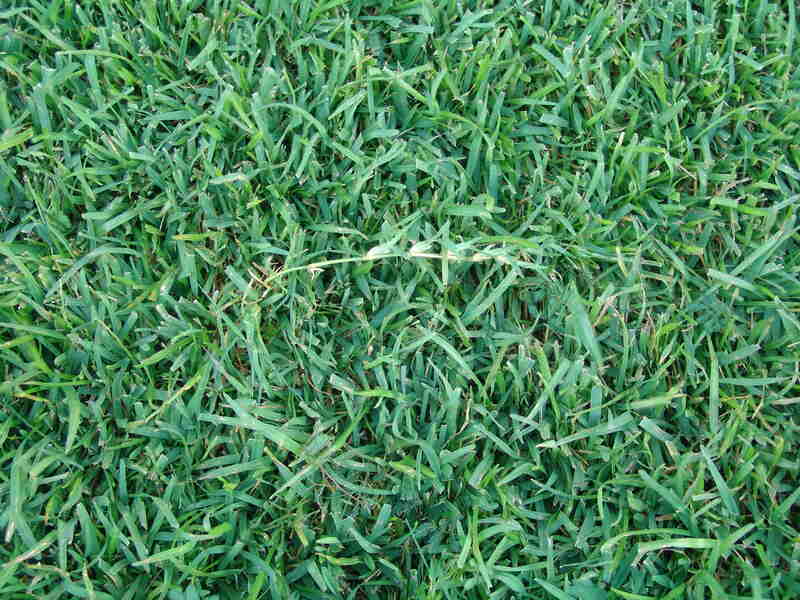
Photo Credit: James Becwar / Wikimedia Commons / CC BY-SA 3.0
Centipedegrass is a low-maintenance and slow-growing cultivar, requiring little mowing, fertilization, or water to remain green. The light-green grass loves the sandy, acidic soils of South Florida, but the smooth, flat blades do not handle heavy traffic, shade, cold, or herbicides well. Centipedegrass is prone to pests and disease when overwatered.
Classification: Warm-season grass
Spreads by: Stolons
Shade tolerance: Moderate — at least six hours of full sun per day
Drought resistance: Low to moderate
Foot traffic tolerance: Low
Maintenance needs: Low mowing frequency
Mowing height: 1.5-2 inches
Potential for disease: Moderate; prone to centipedegrass decline and iron chlorosis
Potential for pests: Moderate; prone to ground pearl insects, grubs, mole crickets, sod webworms, lawn caterpillars, and nematodes
Soil pH: 5-6
Soil type: Acidic, infertile, at least moderately good drainage (very dense, clay soils produce poor results)
Other notes: Low maintenance once established; greenish-yellow color (like a green apple) during the growing season; low fertilizer and mowing requirements; not a salt-tolerant grass
FAQ About Miami Grass Types
Warm-season grasses grow in temperatures as low as 65 degrees Fahrenheit. Miami’s tropical weather allows for year-round growth most years.
You should plant your grass seed between April and July. This gives the seed a full growing season before the cold winter.
Chinch bugs love the sun. They are small and difficult to spot. Watch for yellow or brown patches in your lawn and contact a lawn care professional if you see signs of activity. In South Florida, chinch bugs love many grass types, including bermudagrass, St. Augustinegrass, and zoysiagrass.
Choose Plant and Grass Varieties for Your Miami Landscape
South Florida grass varieties thrive in warm weather, salty air, and sandy, acidic soil. Different varieties have different characteristics and needs, so choose a variety that works well for your space and lifestyle.
Your grass comes together with plants, flowers, and outdoor furniture to complete your home landscape. There are many hurricane-resistant landscaping options available for Miami, so you can spend less time worrying about your yard and more time enjoying the pristine beaches before hurricane season rolls around. For even more low-maintenance plants, check out our list of the best native plants that will thrive in the tropical climate.
A tropical oasis is within reach so long as you provide the rum runner. Contact a Miami lawn care pro today to keep your lawn and landscaping green and chinch-bug-free.
Main Image Credit: Ebyabe / Wikimedia Commons / CC BY-SA 3.0